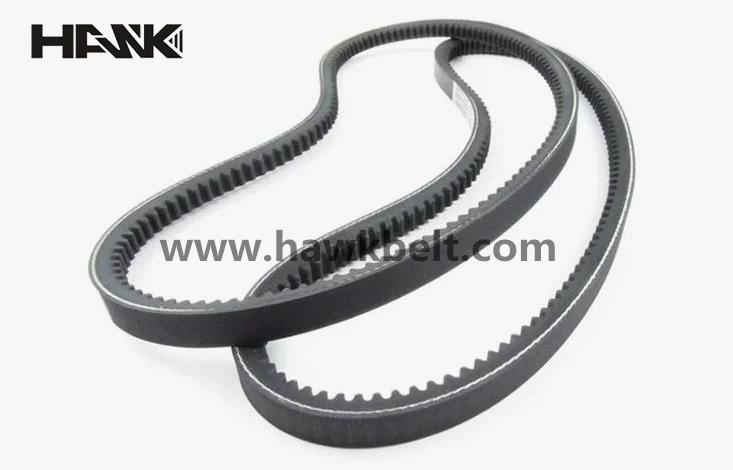- Arabic
- French
- Russian
- Spanish
- Portuguese
- Turkish
- Armenian
- English
- Albanian
- Amharic
- Azerbaijani
- Basque
- Belarusian
- Bengali
- Bosnian
- Bulgarian
- Catalan
- Cebuano
- Corsican
- Croatian
- Czech
- Danish
- Dutch
- Afrikaans
- Esperanto
- Estonian
- Finnish
- Frisian
- Galician
- Georgian
- German
- Greek
- Gujarati
- Haitian Creole
- hausa
- hawaiian
- Hebrew
- Hindi
- Miao
- Hungarian
- Icelandic
- igbo
- Indonesian
- irish
- Italian
- Japanese
- Javanese
- Kannada
- kazakh
- Khmer
- Rwandese
- Korean
- Kurdish
- Kyrgyz
- Lao
- Latin
- Latvian
- Lithuanian
- Luxembourgish
- Macedonian
- Malgashi
- Malay
- Malayalam
- Maltese
- Maori
- Marathi
- Mongolian
- Myanmar
- Nepali
- Norwegian
- Norwegian
- Occitan
- Pashto
- Persian
- Polish
- Punjabi
- Romanian
- Samoan
- Scottish Gaelic
- Serbian
- Sesotho
- Shona
- Sindhi
- Sinhala
- Slovak
- Slovenian
- Somali
- Sundanese
- Swahili
- Swedish
- Tagalog
- Tajik
- Tamil
- Tatar
- Telugu
- Thai
- Turkmen
- Ukrainian
- Urdu
- Uighur
- Uzbek
- Vietnamese
- Welsh
- Bantu
- Yiddish
- Yoruba
- Zulu
اکتبر . 01, 2024 21:26 Back to list
Understanding the Functionality and Applications of Ribbed Drive Belts in Machinery
Understanding Ribbed Drive Belts Efficiency and Performance in Power Transmission
In the realm of mechanical engineering and automotive design, ribbed drive belts, often referred to as serpentine belts or multi-rib belts, play a vital role in the effective transmission of power within various machinery and vehicles. These belts are engineered to deliver exceptional performance and efficiency, making them an essential component in numerous applications.
Ribbed drive belts derive their name from the series of ribs or grooves that run along the belt's surface. This unique design allows the belt to grip pulleys more effectively, reducing slippage and improving power transfer. The ribs also increase the belt's flexibility, enabling it to navigate around bends and corners in systems with multiple pulleys. As a result, ribbed belts can transmit power between different components such as the alternator, water pump, power steering pump, and air conditioning compressor, all using a single belt.
One of the primary advantages of ribbed drive belts is their efficiency. Unlike traditional V-belts, which typically have a narrower contact surface, ribbed belts provide a larger contact area with the pulleys. This design allows for a higher torque capacity and reduced wear, enhancing the overall lifespan of the belt. With proper maintenance, ribbed belts can last substantially longer than their V-belt counterparts, which is critical in both automotive and industrial applications where downtime can be costly.
ribbed drive belts

Furthermore, ribbed drive belts are often made from advanced materials, including rubber compounds and synthetic fibers, which provide resistance to heat, oil, and other environmental factors. This resilience ensures that they maintain their integrity and function effectively under demanding conditions. The innovation in materials science contributes to the durability and reliability of ribbed belts, making them suitable for high-performance engines and machinery that require consistent power delivery.
Installation and maintenance of ribbed drive belts are relatively straightforward, which is another aspect of their appeal. Many modern vehicles are designed with accessible belt routing, allowing for easier replacement when needed. Regular inspection for signs of wear, such as cracking or fraying, can prevent potential failures and costly repairs. Mechanics often recommend replacing the belt every 60,000 to 100,000 miles, depending on the manufacturer's specifications and driving conditions.
In conclusion, ribbed drive belts are an integral part of modern engineering, providing efficiency, flexibility, and reliability. Their unique design facilitates superior power transmission, making them preferred in automotive applications and industrial machinery alike. As technology continues to advance, the materials and designs of ribbed belts are likely to evolve, further enhancing their performance and extending their applications. Understanding the importance of ribbed drive belts enables engineers and vehicle owners to make informed decisions about maintenance and replacements, ensuring optimal functioning of their systems for years to come.
-
Korean Auto Parts Timing Belt 24312-37500 For Hyundai/Kia
NewsMar.07,2025
-
7PK2300 90916-T2024 RIBBED BELT POLY V BELT PK BELT
NewsMar.07,2025
-
Chinese Auto Belt Factory 310-2M-22 For BMW/Mercedes-Benz
NewsMar.07,2025
-
Chinese Auto Belt Factory 310-2M-22 For BMW/Mercedes-Benz
NewsMar.07,2025
-
90916-02660 PK Belt 6PK1680 For Toyota
NewsMar.07,2025
-
drive belt serpentine belt
NewsMar.07,2025

